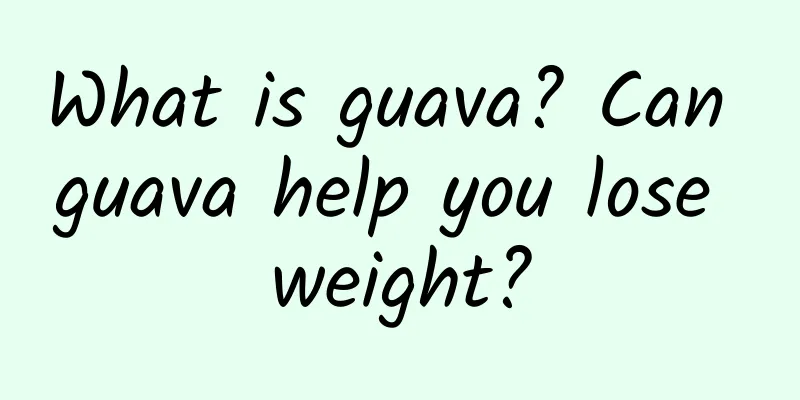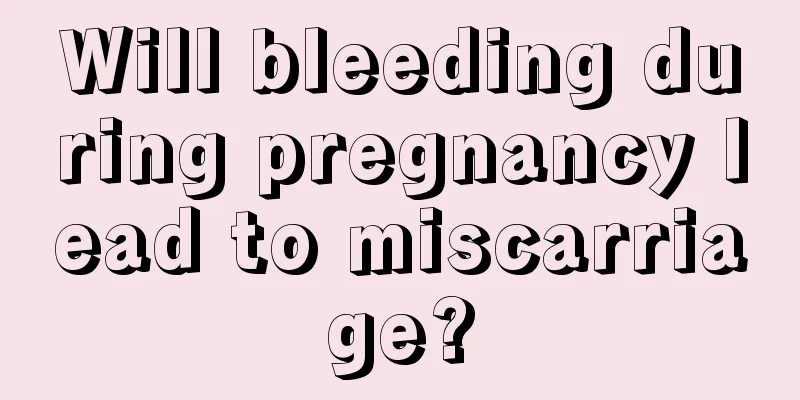When skiing outdoors, be sure to prevent "snow blindness"!

|
Since the successful hosting of the Beijing Winter Olympics last year, skiing has become a hot entertainment activity. However, many skiers only care about preventing falls and do not realize the importance of eye protection. If you do not wear ski goggles when skiing, your eyes are easily damaged by ultraviolet rays, leading to "snow blindness". Snow blindness is caused by ultraviolet rays The reflectivity of snow to sunlight is extremely high, reaching nearly 95%. Looking directly at the snow is like looking directly at the sun. In addition, the cold wind during skiing is very irritating to the eyes, so ski goggles are needed to protect the skiers' eyes. The ultraviolet rays in the sun are the culprit of snow blindness. Snow blindness generally refers to an acute light-induced eye disease caused by working in the snow, which can be divided into corneal injury and retinal injury. Corneal injury is caused by ultraviolet rays reflected from the snow, causing damage to the corneal and conjunctival epithelium, thereby causing an inflammatory response. It is characterized by redness and swelling of the eyelids, conjunctival congestion and edema, foreign body sensation and pain. Symptoms include photophobia, tearing and difficulty opening the eyes. If not treated in time, it will cause serious consequences. There is also a risk of sympathetic ophthalmia. Retinal injury manifests as temporary or permanent decrease in central vision and retinal degeneration. Some patients recover within 10 minutes or hours after onset. This type of injury often damages the macular area. In severe cases, macular edema, even macular holes and retinal detachment may occur. Generally speaking, retinal damage is rare and corneal damage is common. Don't panic if you get snow blindness If snow blindness occurs, don't panic. This is because the corneal epithelium can heal itself within one to three days after being damaged. It is worth noting that during the period of self-repair of corneal epithelial cells, patients need to pay attention to eye hygiene and avoid infection and other inflammation. Patients can drop some artificial tears without preservatives into their eyes to promote corneal repair. Do not drop a large amount of antibiotic eye drops such as chloramphenicol or erythromycin into the eyes to avoid artificial damage to the eyes. Ski goggles are really useful In addition to protecting your eyes from burns from ultraviolet rays, ski goggles can also protect your eyes from irritation from cold winds, prevent the inner lenses from fogging up, and prevent damage to your face after a fall. Do the different colors of coating on ski goggles represent the strength of the UV protection effect? In fact, the colorful coating is mainly for the sake of aesthetics. The color of the coating has little to do with the light transmittance. The light transmittance of ski goggles is marked, and is generally divided into three levels: S1, S2, and S3, which are suitable for windy and snowy or rainy weather, complex and changeable weather, and clear weather. The mirror surface of S1-level ski goggles is lighter in color, while the mirror surface of S3-level ski goggles is darker in color and has a lower light transmittance. The function of ski goggles is equivalent to that of sunglasses, so there are generally no fully transparent ski goggles. |
Recommend
What to do when women's estrogen levels drop
Most women with decreased estrogen levels need to...
Pictures of vulvar eczema during menstruation
Many women have experienced the pain caused by pr...
5 months pregnant with increased vaginal discharge
After pregnancy, women will be very sensitive to ...
Hypothyroidism during pregnancy, no medication, healthy child
If I don't take medicine for hypothyroidism d...
What is the role of fallopian tube flushing
Fallopian tube flushing is a treatment method com...
Do I need to sit in confinement after medical abortion?
Medical abortion is a relatively common method of...
Chinese medicine prescription for treating cervical erosion
Women must never ignore the serious consequences ...
What to do if you have a low-grade fever in late pregnancy
Generally, when pregnant women reach the late sta...
What are some ways to promote pregnancy?
In fact, many couples are now preparing for pregn...
What is papilloma?
Papilloma may appear on human skin and in many or...
How many months does the second baby usually have fetal movement?
The so-called fetal movement actually refers to t...
Do breast lumps require surgery?
Breasts are a symbol of feminine charm, and their...
Is it okay to take diet pills while breastfeeding?
If a breastfeeding mother wants to lose weight by...
Which zodiac sign is the most fickle? Which zodiac sign is the most infatuated?
Although Capricorns are cold, they will devote th...
Delayed menstruation, yellow urine
Every woman has a few days every month when she f...








![Too much love vs. too much control, how to get along with your children, this is what mothers do [Science Popularization China Resource Service Account]](/upload/images/67f09da903e36.webp)
